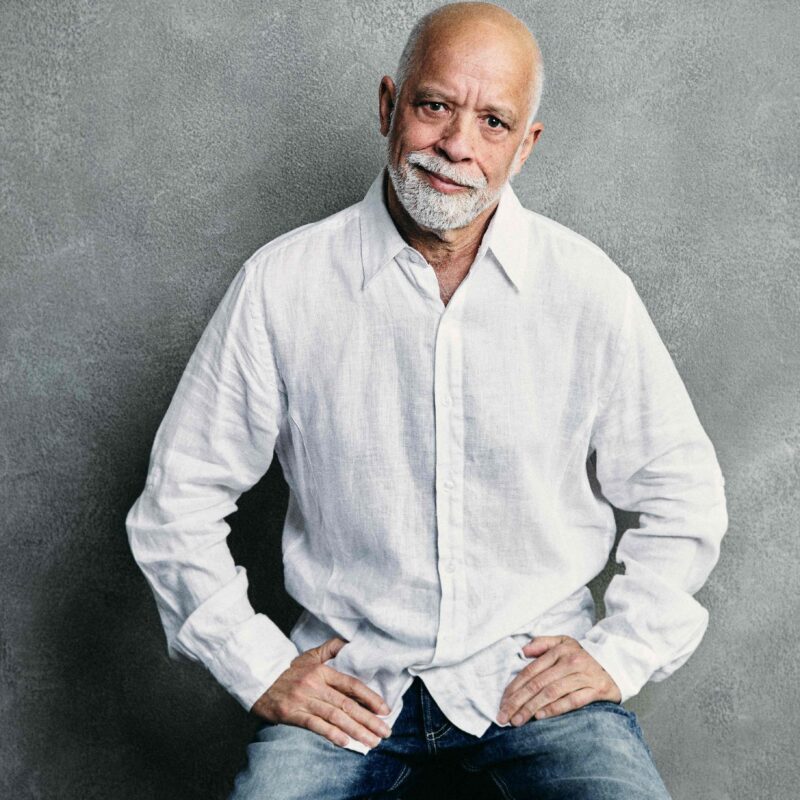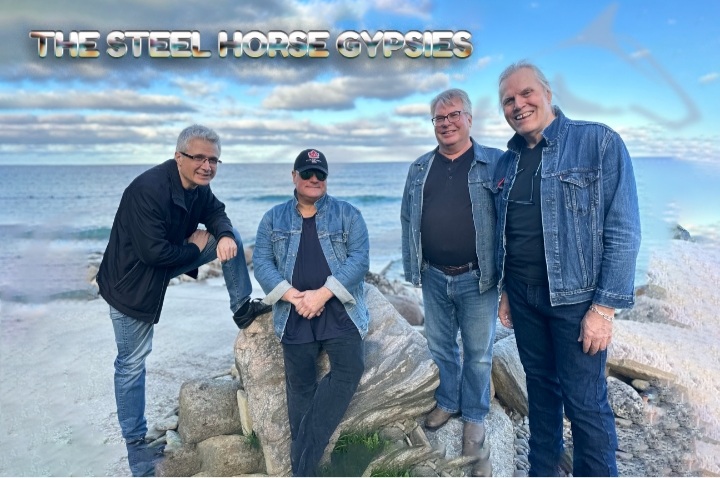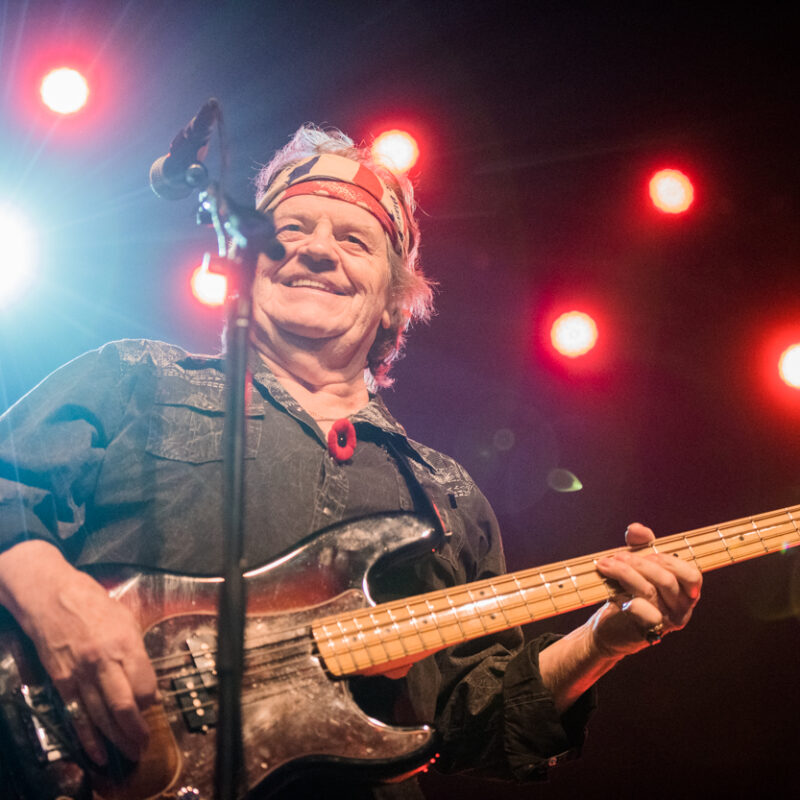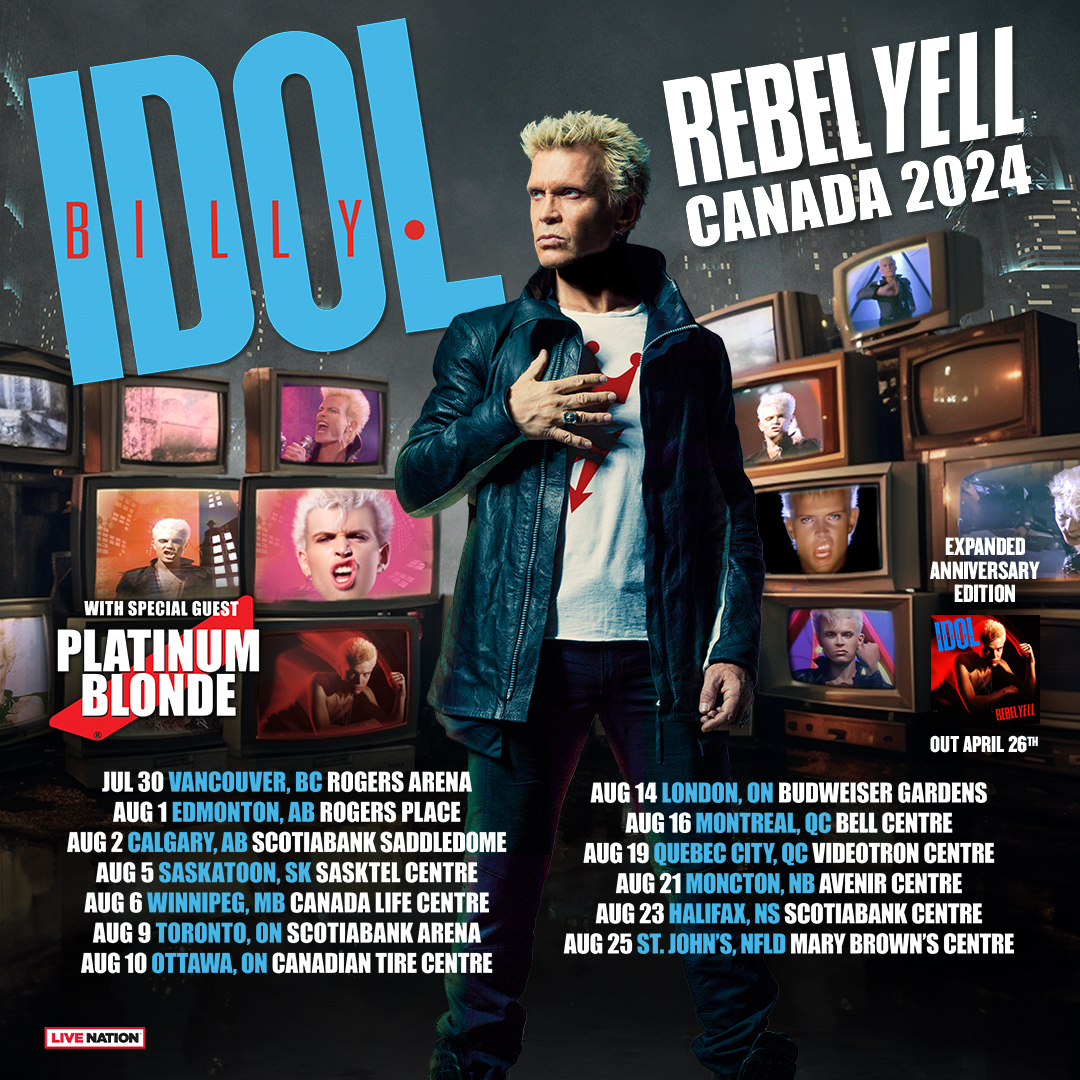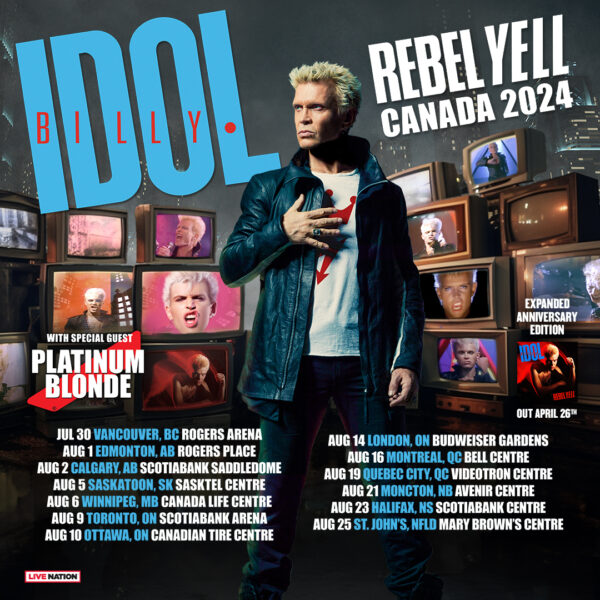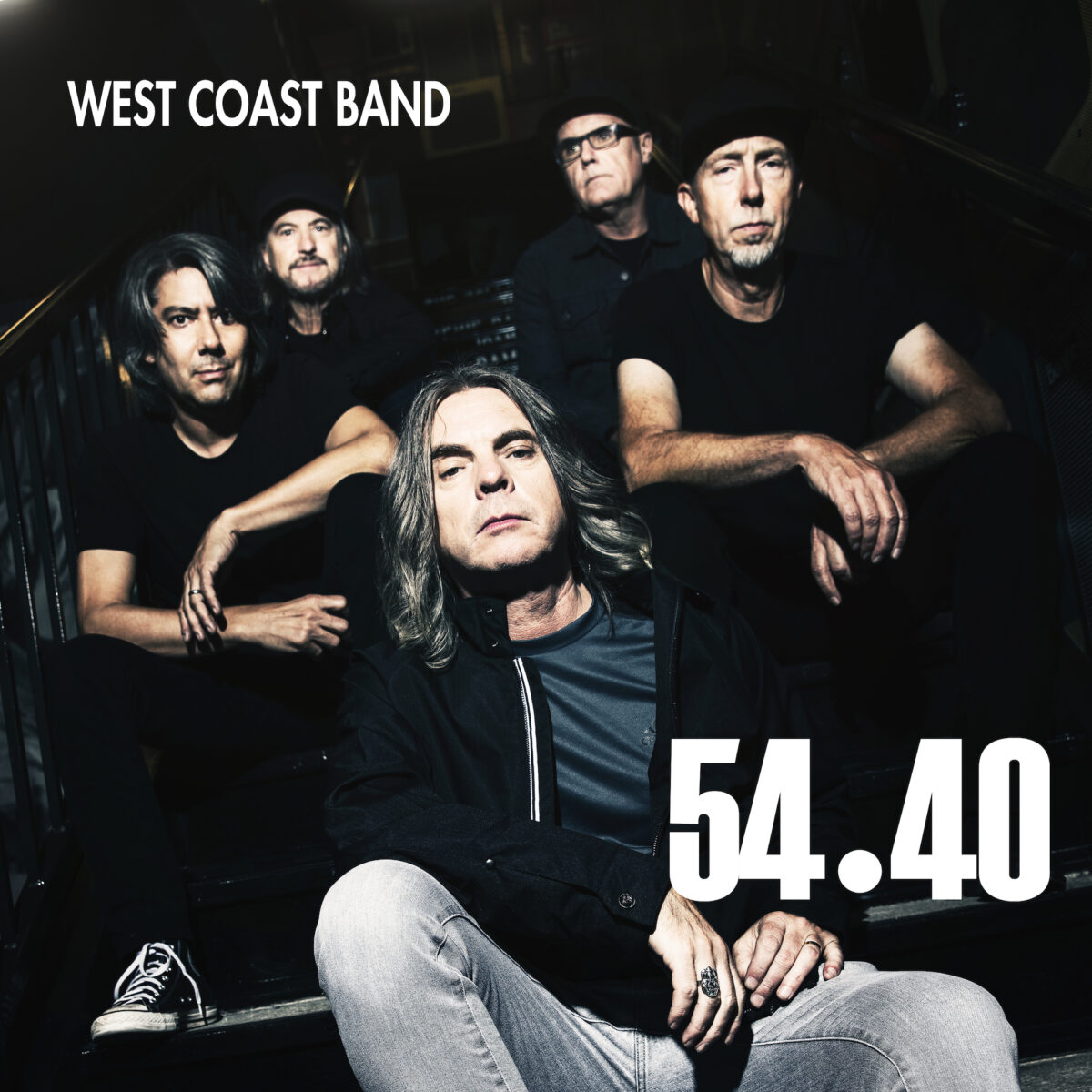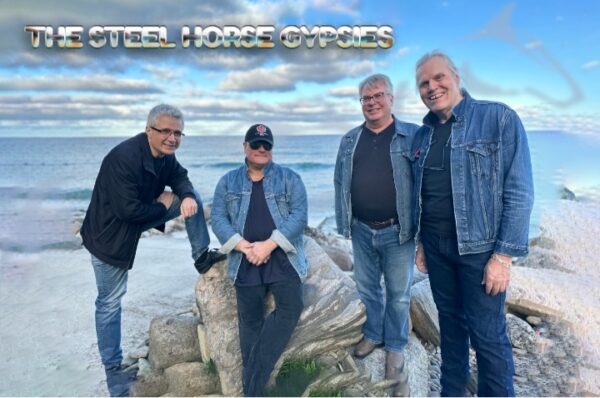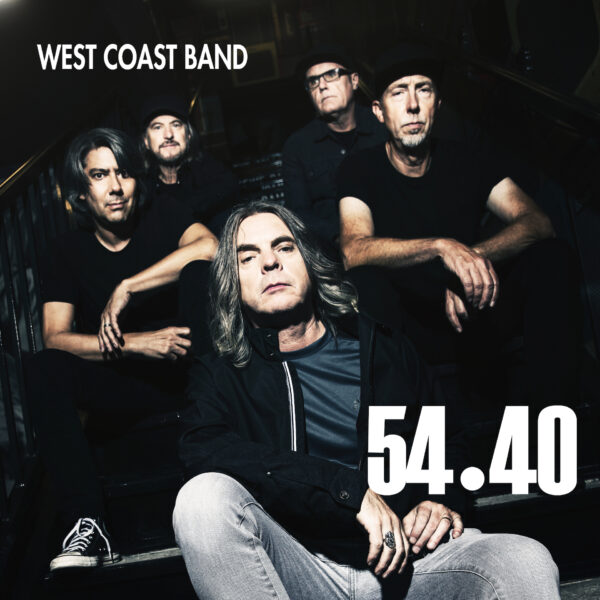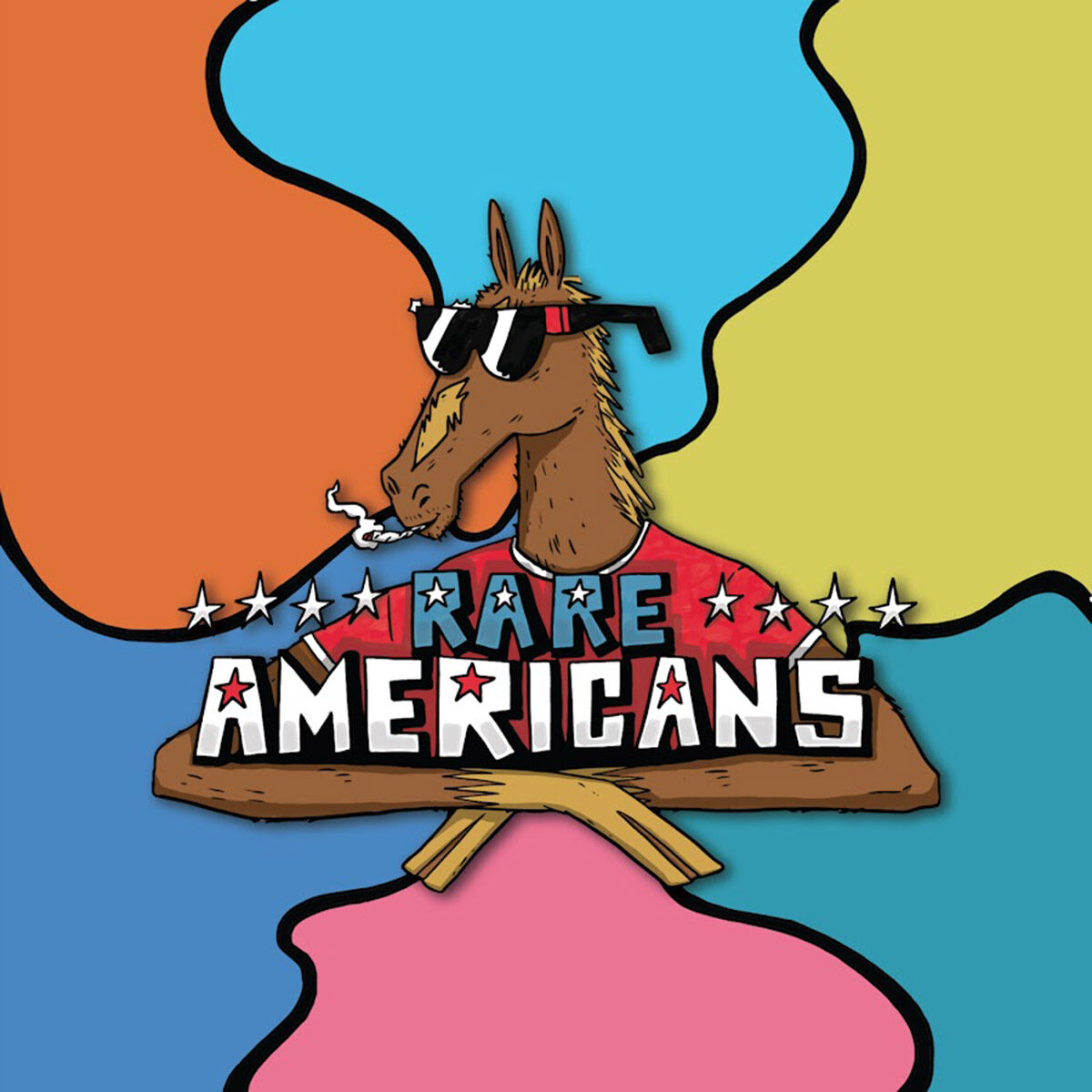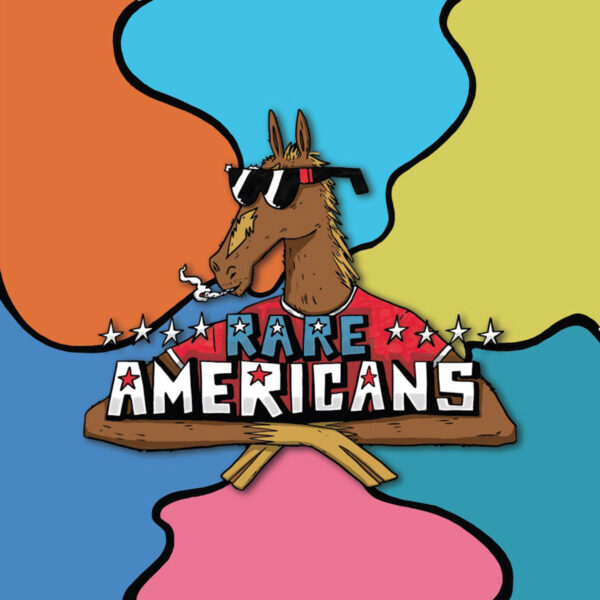As 1979 lurched to an end, Conny and I had a decision to make. We had definitely decided Calgary had reached its sell-by-date music wise and we needed to relocate if Music Express had any chance of surviving. Vancouver seemed a natural venue for our relocation. Most of our industry contacts were based on the West Coast, we were still conscious of an `us versus them’ mentality with Eastern Canada and we still weren’t 100 % confident we could succeed with Music Express in Toronto. Also, Mike Kunz, Conny’s ex-partner still lived in Toronto along with her eldest son Robert. In Conny’s mind, returning to live in Toronto was untenable.
So Vancouver it was going to be. To prepare for this move, I flew to Toronto that October to explain our plans to as many major labels as I could connect with. Accepting an offer to stay at Cam Carpenter’s parents’ house in The Beaches, I scheduled a red eye flight into Toronto that got me in about 6 a.m. Understanding I would be pretty jet-lagged from the trip, I scheduled only one meeting that day, a 9 a.m. rendezvous with Scott Richards at MCA. Richards seemed to be quite positive when I followed up on our Edmonton meeting and I suggested I would connect with him first thing that morning.
I duly arrived at Toronto Airport at around 5:30 a.m., stumbled into the nearest coffee shop to caffeinate my brain and had to wait about an hour for the car rental agencies to open. I then killed another hour before heading out into morning rush-hour traffic heading east towards MCA’s Victoria Park Avenue headquarters. I pulled into the parking lot about 8:30 a.m. read the Toronto Star for about another 30 minutes that went in for my appointment with Scott. But upon reaching the receptionist’s desk, I was informed Mr. Richards had been delayed about half an hour.

He must have felt bad about me spending the morning sitting in his reception because he handed me the carrot of booking a Tom Petty & The Heartbreakers’ “Damn The Torpedoes” ad in my next issue. But I can’t say I emerged from that session feeling particularly warm and fuzzy about any thoughts of heading east.
This changed when I hooked up with Cam Carpenter later that day. He had just started working with Larry McRae at Quality Records, was very enthusiastic about Music Express relocating to Toronto. He also passed along a nugget of information that Toronto’s only existing consumer music magazine, Jim Watters’ New Music, had just pulled the plug, leaving Music Express as the only surviving consumer music mag in the country! Over the next couple of days I barnstormed the majors, meeting with various marketing contacts at EMI, Warner, A&M, Columbia, RCA and Quality. With New Music now toast, there seemed to be a genuine interest in Music Express relocating to Toronto. I believe it was Terry Magee at Columbia who told me, “Hey, you’re the only magazine left. You have to come to Toronto!”
I arrived back home to Calgary that night. Conny said “Okay, what’s the word”. I said, “The word is we’re moving to Toronto” Surprisingly, Conny didn’t require much convincing. I told her New Music was history, Music Express was the only existing consumer music magazine in the country and that it made sense to relocate to Toronto, centre of Canada’s music industry. Better to move now than have another magazine spring up and take our spot.
By January I was back in Toronto looking for suitable accommodation. I contacted a local real estate company, explained what kind of residence we were looking for, and the second place the lady showed me was 209 Kingslake Road, a detached house located just southwest of the 404/Finch intersection, around the corner from Seneca College. The two storey detached house was ideal for a magazine operation. The basement was subdivided into office spaces with plenty of additional space on the main floor and a second floor which contained three bedrooms. I took one look and said, “Right, this is the place”. Made a quick call to Calgary, told Conny I had found an ideal location and signed on the dotted line”.
I targeted Triumph as the cover band for our April Toronto debut issue. We had originally met Triumph during a Western Canadian tour in ’79 which also featured opening act Moxy. Their live show was impressive to say the least and due to their extensive use of lights and pyrotechnics, I nicknamed them `Ontario Hydro’. Learning they had a new album, “Progressions of Power” due to be released, we figured it would be appropriate to have one of Toronto’s top rock acts on our debut national cover.
[youtube width=”600″ height=”338″ video_id=”Pz26fcmq3S8″]
A bit fuzzy on the location of that first meeting with Rik Emmett (guitarist/vocalist), Gil Moore (drummer/vocalist) and Mike Levine (bassist), I think it was their manager’s office (Neil Dixon & Steve Propas), Triumph were starting to break big in the U.S, but one aspect of the conversation which did stick with me was that Emmett claimed to be quite a good soccer player. Triumph had launched out of Toronto with a specific mandate to develop their own live show and not to be an opening act for other big bands in the States.
“In Toronto at that time, most bands were playing cover tunes and trying to fit their own songs into the set and it rarely worked,” explained Emmett from his Mississauga, Ontario residence. “Mike and Gil had this vision that we would develop our own show and our own identity. At first we played high schools and small gigs but as Concert Productions International saw our development as a live act, we progressed to arena tours out West with Moxy and Trooper and Donald K Donald sent us East with Teaze.”
Triumph’s live show was so strong; they appeared on the Canada Jam bill August 6th 1978 before 110.000 fans at Mosport Raceway, North East of Toronto. Buoyed by the success of their second album, “Rock N Roll Machine” in 1978 which hit radio pay dirt with Moore’s cover of Joe Walsh’s `Rocky Mountain Way’, Triumph also cracked the U.S market when San Antonio Texas radio station KISS-FM started playing `Blinding Light Show’ from the band’s debut release.
“KISS-FM had been big supporters of Rush so when they heard about us, they started playing `Blinding Light Show’ late at night and the listeners loved it,” explained Emmett. ”Then Sammy Hagar had to pull out of one of their radio concert broadcasts so they invited us to fill in. We lugged all our gear down to San Antonio and the show went well (The Runaways opened). That proved to be a big break for us, not just with San Antonio but also other cities in the Kiss-FM chain.”
The release of “Just a Game” in 79 cemented Triumph’s position as a top-notch touring act and the promoters of the Cal-Jam concert series in California were keen on recruiting the band for their next gig having already booked Triumph for the Canada Jam concert at Mosport. One of those promoters, Lenny Stogel tracked down Triumph at their gig in Calgary in June and was in their dressing room negotiating the gig when Conny and I met him. Sadly, he was killed in a DC-10 plane crash at Chicago’s O’Hare Airport the following Monday.

This didn’t last long and it was a fortuitous meeting with former Prism drummer Jim Vallance in a Vancouver music store which led to a successful writing partnership. Adams and Vallance supplied songs for Prism, Loverboy and Kiss amongst others, he signed a publishing agreement with A&M which produced the disco track `Let Me Take You Dancing” and in October 79, Adams and Vallance entered Manta Sound in Toronto to co-produce and record his debut album.
The record made little impact at radio, featured only two minor hits; `Hidin From Love’ and `Give Me Your Love’ but manager Bruce Allen was anxious to get his boy into the Toronto market place so an album debut release was scheduled for the El Mocambo Tavern that April.
Toronto in 1980 was developing as one of North America’s music hot spots but there wasn’t a plethora of live venues to utilize. Maple Leaf Gardens, followed by Massey Hall and the O’Keefe Centre were the primary concert venues, the city’s new rock acts dominated The Gasworks on Yonge Street, Gary Topp and Gary Cormier operated alternative acts in The Edge and Larry’s Hideaway and used to have access to The Horseshoe until it switched to a country and blues format. Yet it was a dingy venue on Spadina Street, illuminated by a garish Palm neon light that served as the heartbeat of this city’s live entertainment scene.
Anyone who was anyone debuted at the El Mo. The Rolling Stones’ infamous performance on March 4th 1977, using April Wine as an opening act decoy put the place on the music map. Yet the likes of U2, Elvis Costello, Paul Young, Stevie Ray Vaughan and Bon Jovi along with Canadian up and comers like Adams and Corey Hart all paid their dues at the El Mo.

Greeting me backstage, Allen kicked the rest of Adams’ band out of the dressing room and asked for my honest opinion. I was forthright in stating I thought Adams was an engaging performer, that the songs weren’t quite there and that his band didn’t cut it live. Adams instantly tore into Allen blaming him for assembling a second-rate band and I could still hear the argument raging as I descended the stairs into the street.
Following night, my new photographer Kandice Abbott and I checked in on Adams who was playing at the Jarvis House. There were only about 30, largely disinterested patrons sucking on their draught beers but Bryan acknowledged our presence and we sat through the rest of his set. Afterwards he motioned Kandice and I up stairs and asked if we would have a beer with him. He and his band were alone. No management or record reps around. As I drank a beer and asked him how he was doing I actually felt sorry for the poor kid!
Magazine wise, our major features and cover stories were still focused on Canadian artists, I wrote a monthly column titled Rockpiles, and we also featured editorial on movies and musical instruments. We were able to connect with our readers via our Letters To The Editor section and the editorial that was creating most interest was our Regional Reports. Understanding most newspapers were still not adequately coving their local music scene, we set up a network of stringers to write about new talent and major events in each area. This allowed us to inform our readers about such bands as Saskatoon’s Northern Pikes, Prince Edward Island’s Haywire and Edmonton’s Models months before they broke nationally.
Reaction and support from major record labels was spotty and inconsistent. The fact we were Canada’s only national music magazine seemed to work against us. We struggled to position ourselves in their marketing plans. Capitol- EMI and Columbia were supportive, A&M were so-so, Warner Music was a struggle and we couldn’t get arrested with PolyGram and MCA. Our stumbling block at MCA was Scott Richards who just didn’t want to know about print. Fortunately, he was soon replace by Ross Reynolds who proved to be a great ally and was personally very supportive of our efforts.
Photography by: Charles Hope

